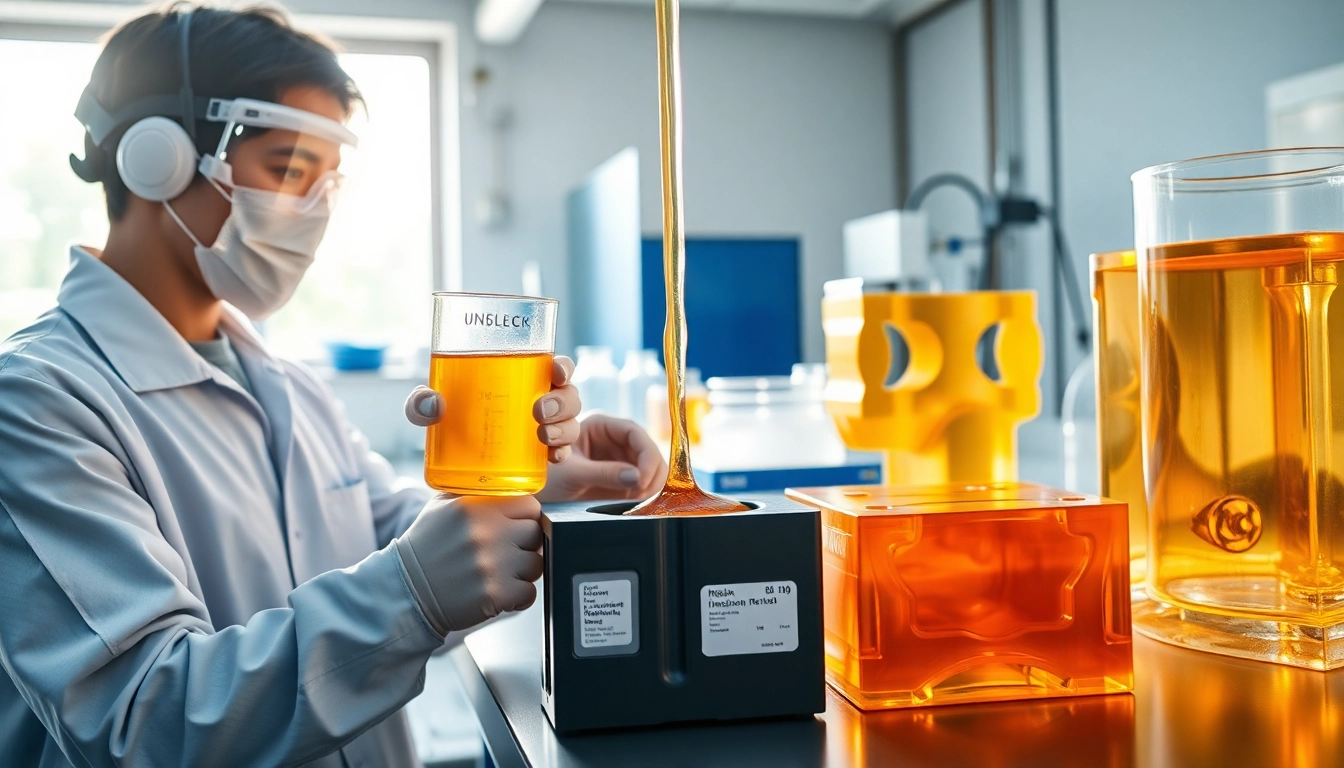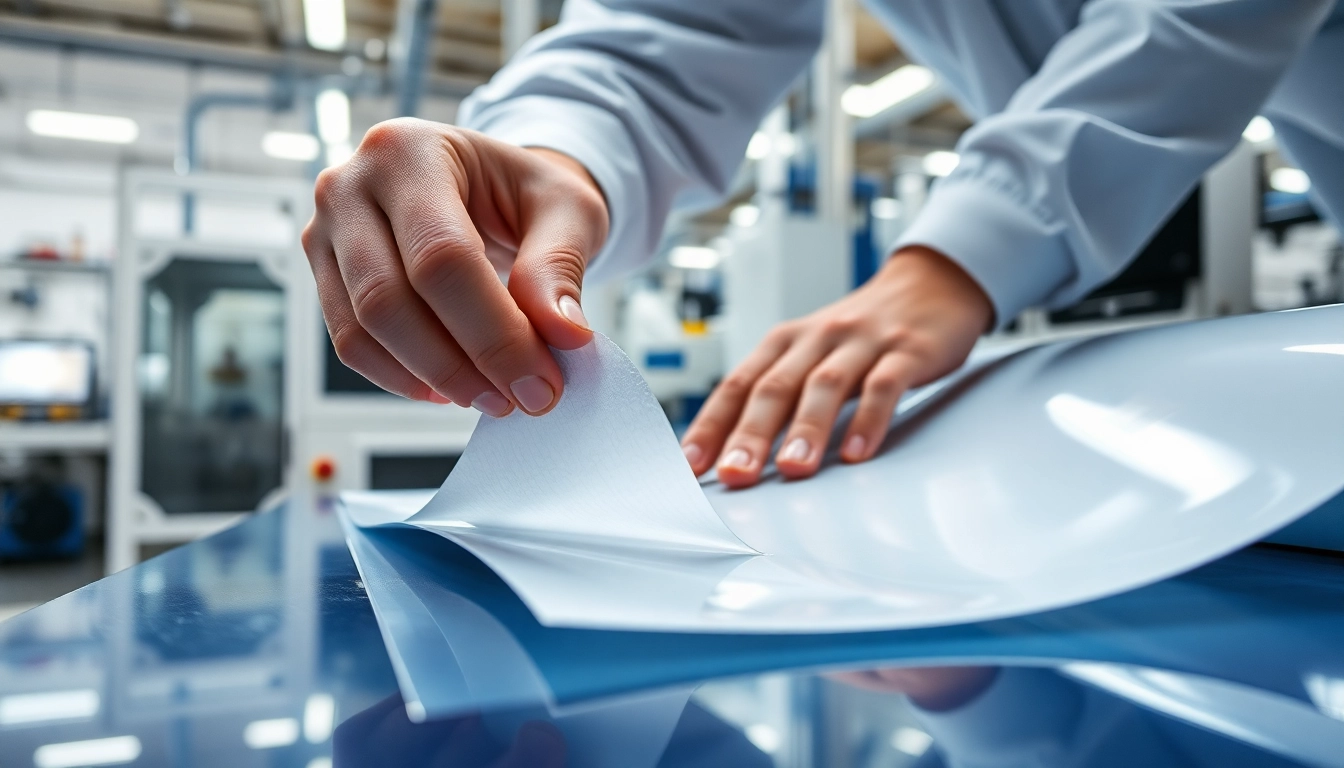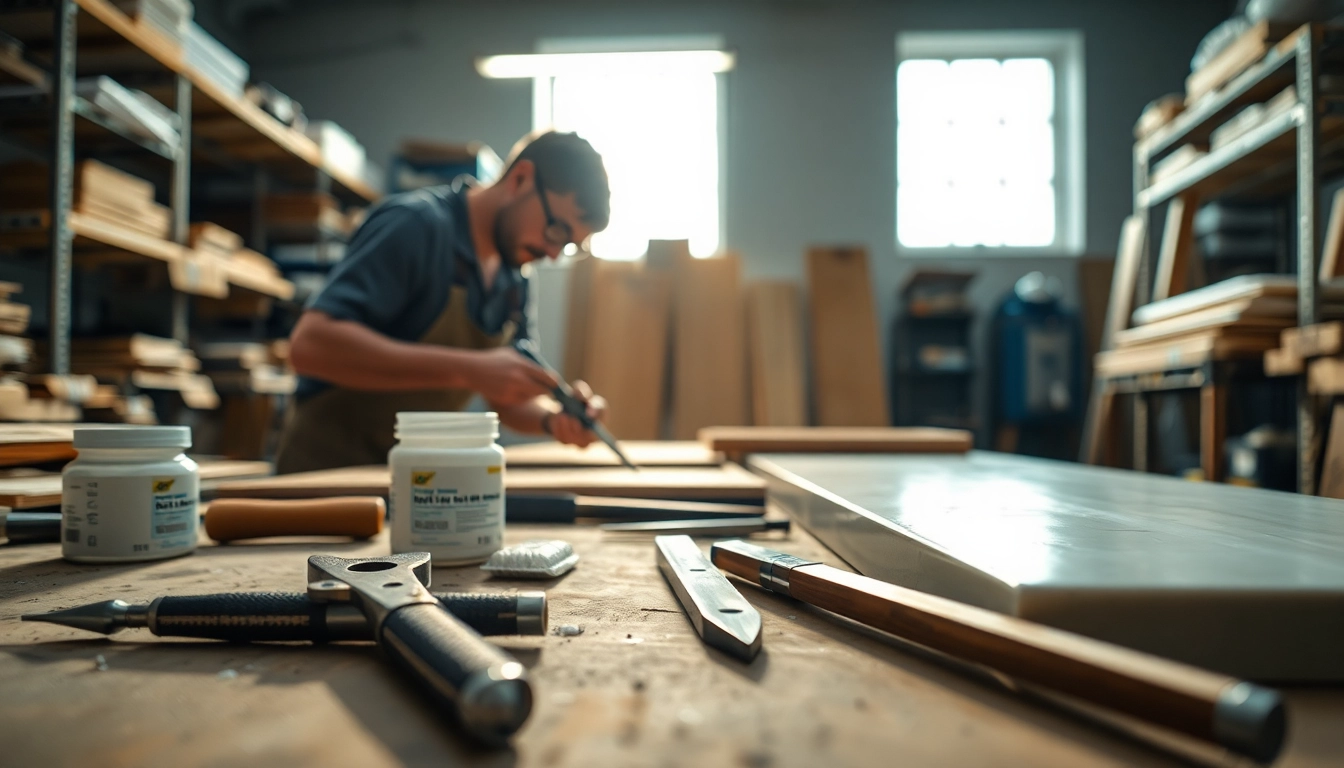Understanding Infusion Resins
What Are Infusion Resins?
Infusion resins are a category of low-viscosity liquid polymers used primarily in composite manufacturing processes, particularly in vacuum infusion methods. The infusion process involves drawing out the air from a mold—typically containing dry reinforcement fibers—before introducing the liquid resin into the space created by the vacuum, which ensures complete wetting of the fibers. This technique provides enhanced mechanical properties and structural integrity to the final product, making infusion resins a crucial element in various industries, including aerospace, automotive, and marine.
In the realm of composite materials, infusion resins serve as the backbone, enabling manufacturers to create lightweight, strong, and durable components that meet the rigorous demands of modern applications. The infusion process is particularly favored for its ability to minimize voids and improve surface finish compared to traditional methods like hand layup.
Composition and Properties of Infusion Resins
The composition of infusion resins typically includes a resin system that may consist of epoxy, polyester, or vinyl ester polymers, often combined with various additives to enhance performance, such as curing agents or hardeners. These resins are engineered for specific properties that make them suitable for infusion applications:
- Low Viscosity: This property allows the resin to flow easily into the fiber reinforcement, ensuring complete saturation and minimizing the chances of trapping air.
- High Strength and Durability: Once cured, infusion resins exhibit superior mechanical performance, making them ideal for structural applications.
- Improved Clarity: Certain formulations provide enhanced clarity, especially important in applications where aesthetics matter.
- Controlled Curing: The resin systems can be designed for various curing times, allowing flexibility based on production needs.
Types of Infusion Resins and Their Usages
Infusion resins are categorized based on their chemical composition and specific applications:
- Epoxy Infusion Resins: Known for their exceptional mechanical properties and heat resistance. They are commonly used in aerospace components and high-performance marine applications.
- Polyester Infusion Resins: These are more cost-effective and are typically utilized in automotive and general-purpose manufacturing, although they do not offer the same level of performance as epoxy resins.
- Vinyl Ester Infusion Resins: Combining the beneficial properties of both epoxies and polyesters, vinyl esters provide better resistance to corrosion and are popular in marine and industrial uses.
Applications of Infusion Resins
Industrial Applications of Infusion Resins
In industrial settings, infusion resins are extensively used in producing lightweight composite components for manufacturing equipment, tooling, and structural elements. The automotive industry benefits from infusion resins in creating parts such as body panels, brackets, and load-bearing structures that must withstand significant stress while remaining lightweight. Additionally, infusion resins are utilized in creating high-strength components for wind turbine blades, delivering both performance and durability under extreme conditions.
Construction and Architectural Uses
Infusion resins find significant applications in construction and architecture, particularly in producing high-strength, lightweight structural components. This includes beams, columns, and facades that meet modern design standards while contributing to energy-efficiency in building materials. The increasing focus on sustainability and energy efficiency in construction has led to greater adoption of infusion resins, which allow for innovative designs and contribute to overall improved building performance.
Automotive and Aerospace Industries
The automotive and aerospace sectors are perhaps the most significant markets for infusion resins, as they demand materials that are both light and strong. In automotive applications, components manufactured using infusion resins contribute to weight reductions that lead to enhanced fuel efficiency. In aerospace, the ability of infusion resins to produce high-strength components with lower thickness extremes is particularly valuable, complying with stringent regulatory and safety standards while also enhancing performance under stress.
Advantages of Using Infusion Resins
Improved Material Properties
One of the main advantages of infusion resins is their improved material properties compared to traditional composite methods. The controlled infusion process allows for better fiber-to-resin ratios and reduced void content, enhancing mechanical properties such as tensile strength, flexural strength, and impact resistance. Infusion technologies provide uniformity in product quality, which is critical for safety-critical applications in aviation and automotive industries.
Cost-Effectiveness and Efficiency
While the initial setup for injection molds and infusion systems might be high, the long-term benefits, such as reduced material waste, lower labor costs, and the ability to produce parts quickly, present a compelling case for using infusion resins. The infusion resin process also enables the mass production of composite parts, which is essential for scaling production in the industrial sector.
Environmental Impact of Infusion Resins
Infusion resins can also have a favorable environmental impact when produced and used responsibly. Many modern formulations incorporate sustainable practices by using bio-based raw materials and being designed for efficient recycling at the end of their life cycle. This aligns with the industry’s move towards greener materials and processes, reducing the overall carbon footprint associated with composite manufacturing.
Techniques for Working with Infusion Resins
Preparation and Setup for Infusion Processes
A successful infusion process begins with meticulous preparation. This includes selecting the appropriate infusion resin, preparing the mold, and ensuring that all surfaces are clean and free of contaminants. It also involves precise layout and positioning of the reinforcement materials, which must be dry and properly placed to ensure optimal resin flow. The setup process is critical to avoid potential issues like dry spots or incomplete cures during the infusion process.
Common Challenges and Solutions in Resin Infusion
While infusion processes are generally efficient, they can face challenges, including issues related to resin viscosity, air entrapment, and uneven flow. To overcome these issues, manufacturers can employ various techniques, such as vacuum bagging methods or using flow media that helps to ensure consistent resin distribution. Additionally, thorough testing and validation of setup techniques prior to production can help mitigate many problems encountered during infusion.
Best Practices for Safety and Handling
Working with infusion resins requires adherence to specific safety protocols to ensure the health and safety of personnel. This includes using personal protective equipment (PPE) such as gloves and masks, ensuring proper ventilation in working areas, and following guidelines for the storage and disposal of chemical materials. Additionally, implementing training programs for employees working with infusion technology ensures adherence to safety standards and improves overall workplace safety.
Future Trends in Infusion Resins Technology
Innovations in Resin Formulations
The future of infusion resins is likely to be shaped by significant innovations in resin formulations. Researchers are continuously exploring new additives and composite materials that enhance properties such as adhesion, thermal stability, and curing times. These innovations will enable manufacturers to create even more specialized and optimized resin systems aimed at specific applications, including advanced aerospace components and high-performance automotive parts.
Sustainability in Resin Production
As the global focus on sustainability intensifies, the production of infusion resins will likely shift towards more environmentally friendly practices. This includes utilizing bio-based materials, enhancing recyclability, and minimizing waste during the production process. Manufacturers will be challenged to balance performance and sustainability without compromising the properties that make infusion resins valuable.
Market Forecast and Industry Growth
The infusion resin market is poised for significant growth, driven by expanding applications across various industries, including automotive, aerospace, and construction. The ongoing demand for lightweight, high-strength materials is pushing advancements in design and technology, making infusion resins increasingly relevant. As manufacturers adopt more automation and advanced manufacturing techniques, the efficiency and applications for infusion resins will continue to expand.











Leave a Reply